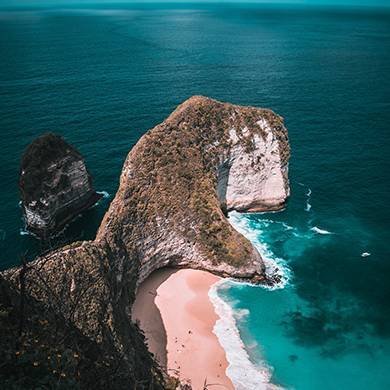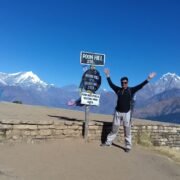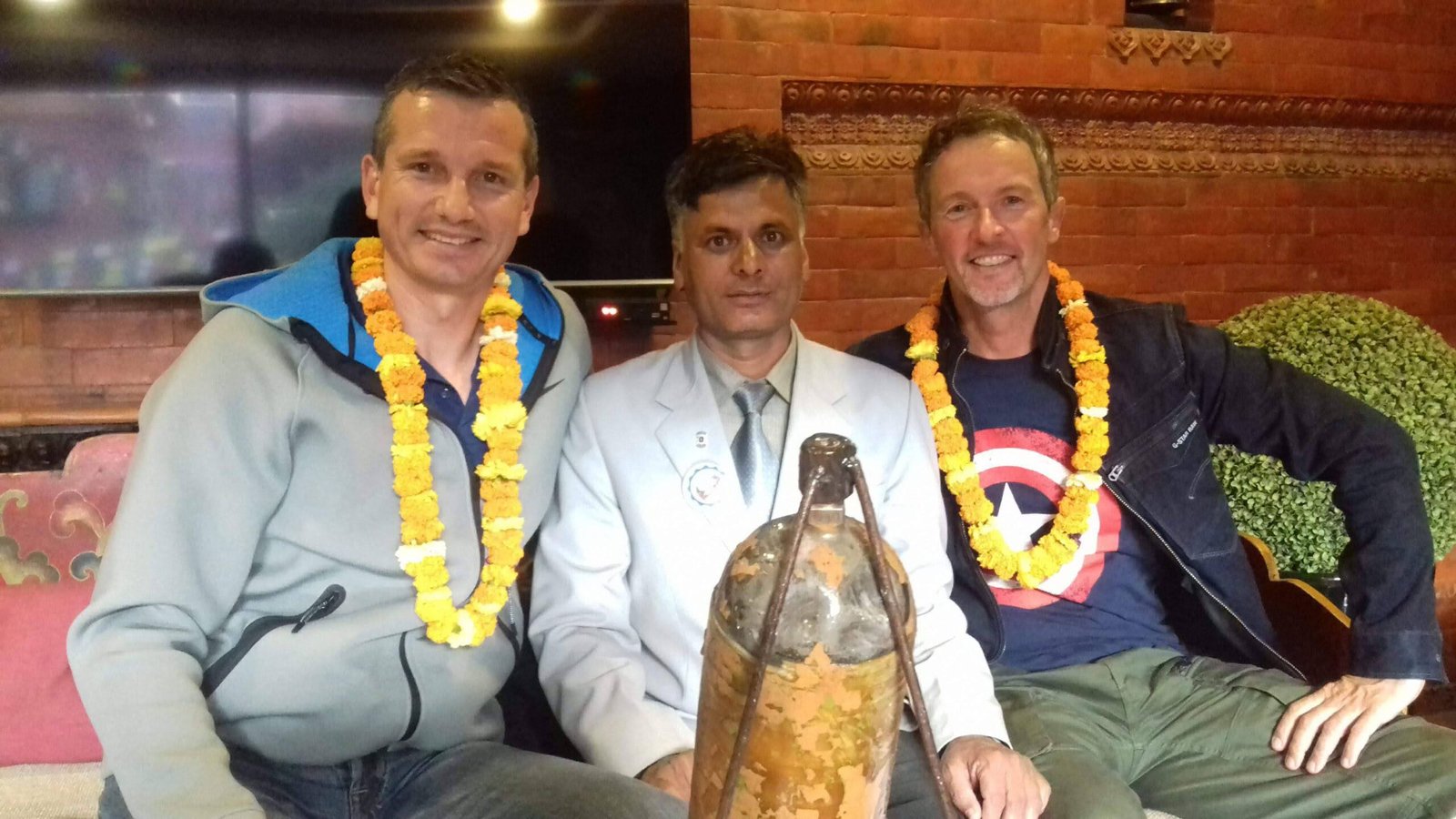
What is High Altitude and How to Protect Yourself?
High Altitude Safety Tips by Govinda Prasad Sapkota
Founder & Owner – Mountain King Treks & Expedition Pvt. Ltd.
Trekking or
Trekking in Nepal at high altitude can be dangerous without proper safety knowledge. Trekking or climbing in the majestic Himalayas is a dream for many, but stepping into the high-altitude world is not something to be taken lightly. As the air gets thinner and oxygen levels drop, the body must work harder to adapt. Based on over 35 years of experience leading thousands of trekkers, Govinda Prasad Sapkota shares vital high-altitude safety advice for every mountain adventurer.
What is High Altitude?
High altitude refers to elevations above 2,500 meters (8,200 feet), where the oxygen level is significantly lower than at sea level. Here’s how it’s categorized:
- High Altitude: 2,500 m – 3,500 m
- Very High Altitude: 3,500 m – 5,500 m
- Extreme Altitude: Above 5,500 m
Without proper acclimatization, this can lead to serious conditions like Acute Mountain Sickness (AMS), HAPE, or HACE.

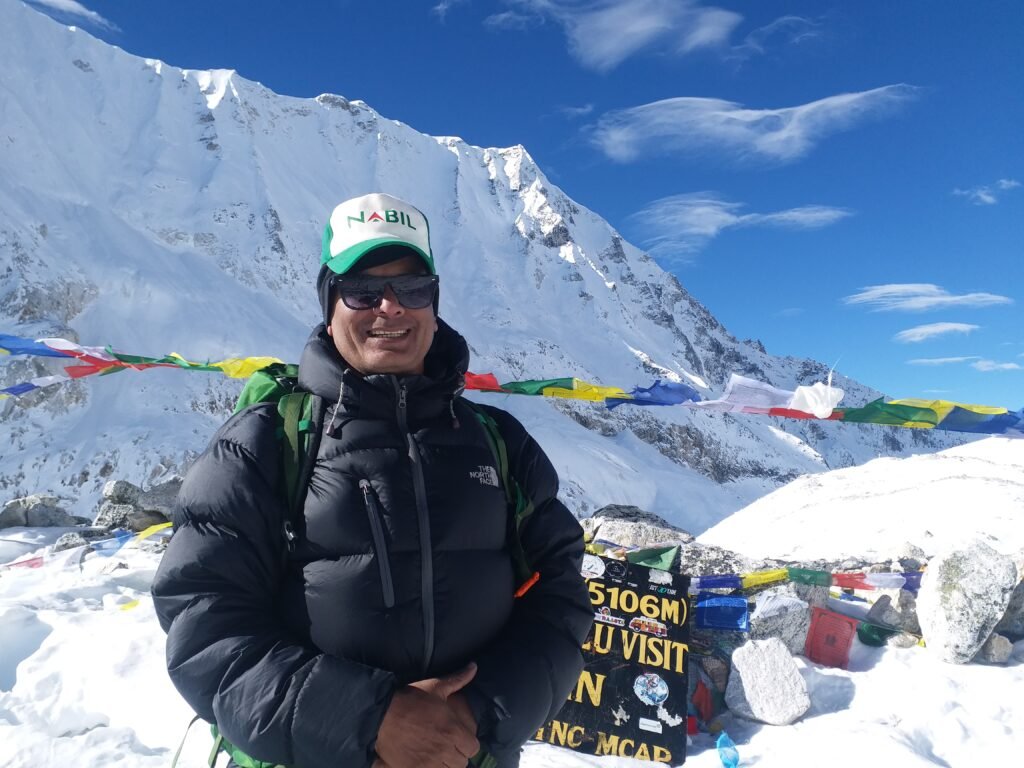
Govinda Prasad Sapkota’s Advice: Lessons from 35+ Years
“I am not a doctor — I am a professional high-altitude adventure guide. But I’ve guided over 10,000 trekkers — including more than 1,000 doctors and nurses — and they follow my advice in the mountains. Because up here, experience matters more than theory.”
Even medical professionals agree that in the Himalayas, real-time experience and field knowledge save lives. From altitude symptoms to nighttime rescues, Govinda has handled every challenge.
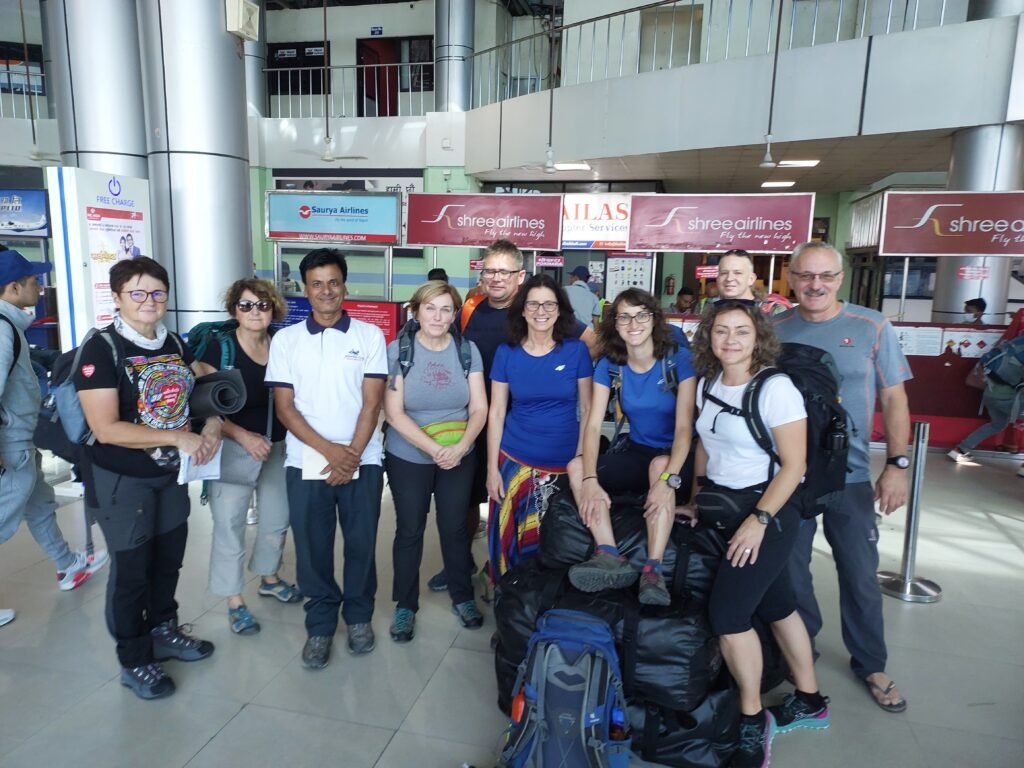
Recognize the Symptoms Early
- Headache
- Nausea or vomiting
- Loss of appetite
- Insomnia
- Tingling fingers (side effect of Diamox)
- Fatigue or muscle weakness
Tip: Ask a sick person to walk like a soldier (straight, slow, steady). If they walk zigzag or lose balance — it’s a sign they are unwell.
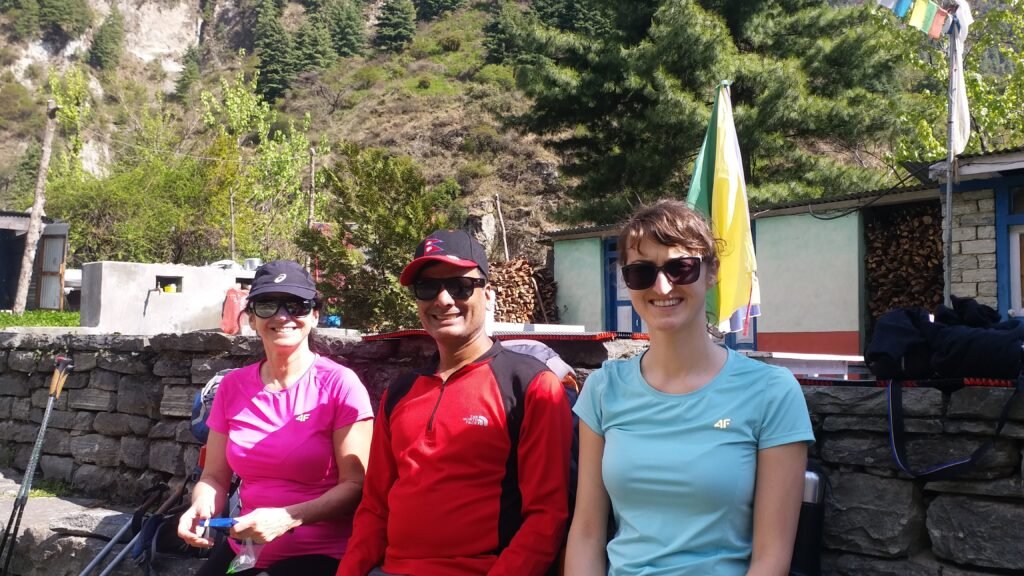
Respect the Mountains – Follow Your Guide’s Advice
Too often, some trekkers say, “This is my holiday, I’m strong, I don’t need rest or acclimatization.” But the Himalayas are not the place for ego.
Some refuse to listen to their guide’s advice. Even after showing symptoms, they insist on going higher. Later, at Gorakshep (5,180m) or similar altitude, their condition suddenly worsens. No appetite, confusion, dizziness — even loss of speech. This is Stage 2 altitude sickness.
What Happens Next?
At this point, our Mountain King Treks team must carry them down 500–1,000 meters — even overnight. Helicopter rescue is not possible at night due to civil aviation rules in Nepal.
If they’re not brought down immediately, they risk entering Stage 3 – HACE (High Altitude Cerebral Edema), where fluid builds in the brain. Even helicopter rescue at sunrise may not save them.
This is why we always say: Respect the mountains. Walk slow. Listen to your guide. It can save your life.
Real Example: Everest Base Camp & Kalapathar
On the Everest Base Camp Trek, trekkers spend a night in Gorakshep after visiting Everest Base Camp. Most experience light headaches, fatigue, or low appetite — this is normal.
With proper rest, soup (especially garlic soup), and hydration, most people safely hike to Kalapathar (5,545m) the next morning and descend to Pheriche (4,240m) — feeling fresh and clear-headed again.

Essential High Altitude Safety Tips
- Walk slow and steady
- Follow “Climb high, sleep low”
- Drink 4–5 liters of water daily
- Avoid alcohol and smoking
- Eat well even if appetite is low
- Wear proper layered clothing
About Diamox (Altitude Medication)
Some of my long-term guests — even doctors and nurses — take Diamox from 3,000m to back below 3,000m. They say: “We follow Govinda’s advice, but we want 100% security.”
This is personal choice, and they complete their treks without symptoms. I do not recommend Diamox for everyone, but I do recommend following these natural safety steps first.
Why Mountain King Treks?
We believe in a Safety-First Approach — and that’s why Mountain King Treks is recognized as a Top Trekking Agency in Nepal. Whether you’re trekking in the Langtang Valley, doing the Annapurna Circuit Trek, or climbing to Mount Everest Base Camp, our experienced team ensures your safety — day and night.
We promote sustainable tourism, respect local culture, and guide with professionalism that comes from decades of experience.
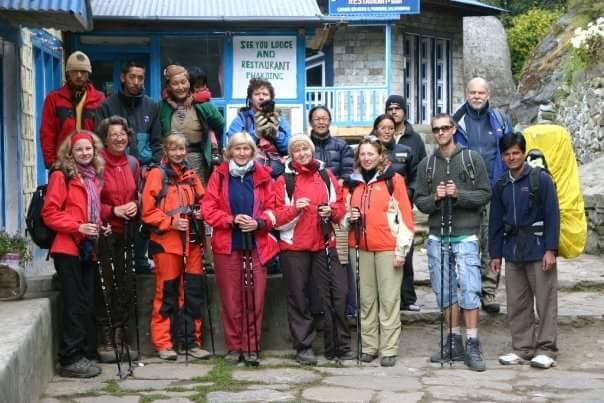
Join the Experience – Feel the Lifetime Pleasure
Thousands of trekkers have followed my guidance and returned with success stories and safe memories. The mountains are tough, but with the right guide and right attitude, they become your best friend.
📬 Subscribe for More Trekking Tips & Safety Advice
For updates, high-altitude tips, and expert advice – join our newsletter today or contact us directly:
- Govinda Prasad Sapkota
- Founder – Mountain King Treks & Expedition Pvt. Ltd.
- www.mountainkingtrek.com
- Email: mountainingtreks@gmail.com
- WhatsApp/Viber: +977-9841566449
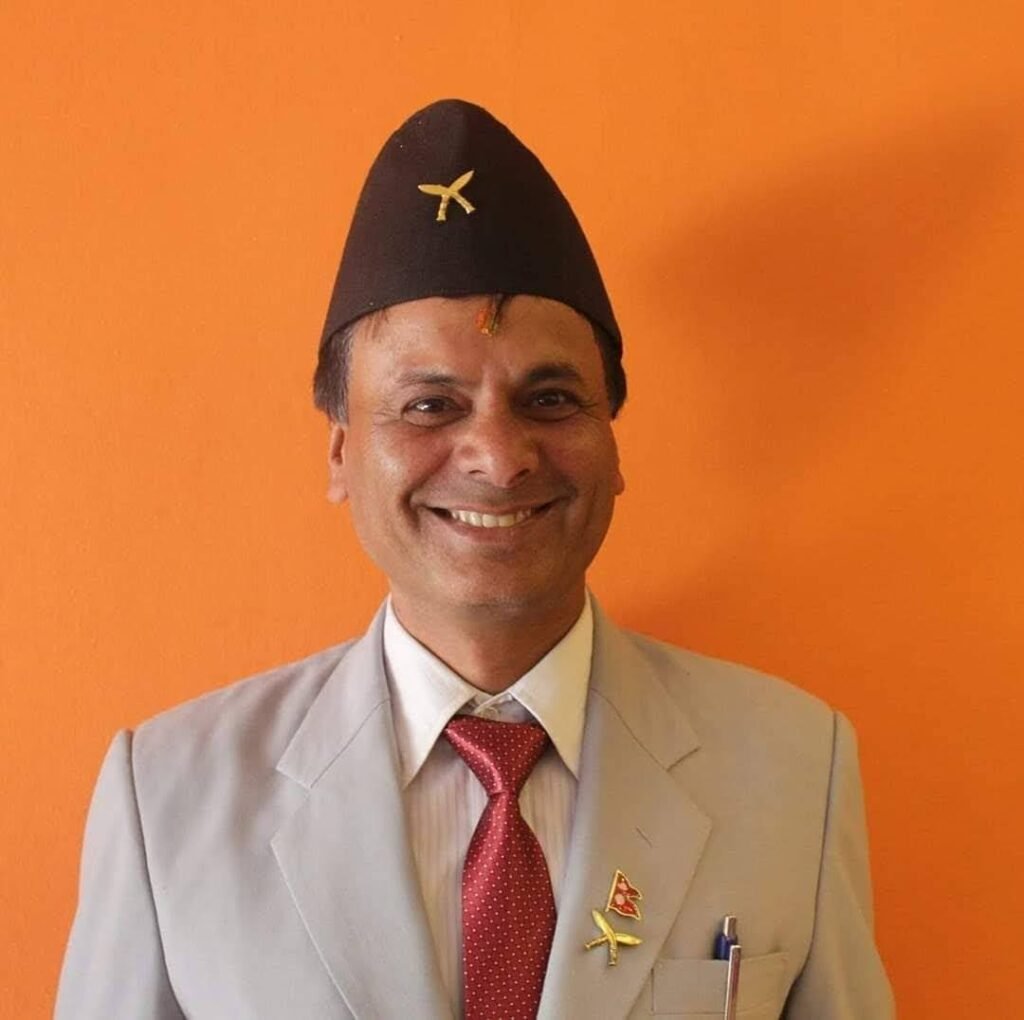
Written by:
Govinda Prasad Sapkota
Founder / Owner – Mountain King Treks & Expedition Pvt. Ltd.
With over 35 years of experience in Nepal’s Himalayan adventure, I have personally guided more than 10,000 trekkers across all high-altitude regions of Nepal. My mission is to share practical knowledge, ensure safety, and create life-changing experiences for all adventurers.
👉 Want to explore the Himalayas with safety and joy?
Visit www.mountainkingtrek.com for guided treks, travel tips, and customized itineraries.
📧 Email: mountainingtreks@gmail.com
📞 WhatsApp/Viber: +977-9841566449
Experience Lifetime Pleasure with Mountain King Treks – Your Trusted Partner in the Himalayas
Recent Posts
Poon Hill Trek – Short and Scenic Sunrise Trek in the Annapurna Region with Mountain King Treks
How to Stay Safe and Healthy While Trekking in Nepal
The Four Narayan Temples in Four Directions Protecting Kathmandu Valley

Thailand
